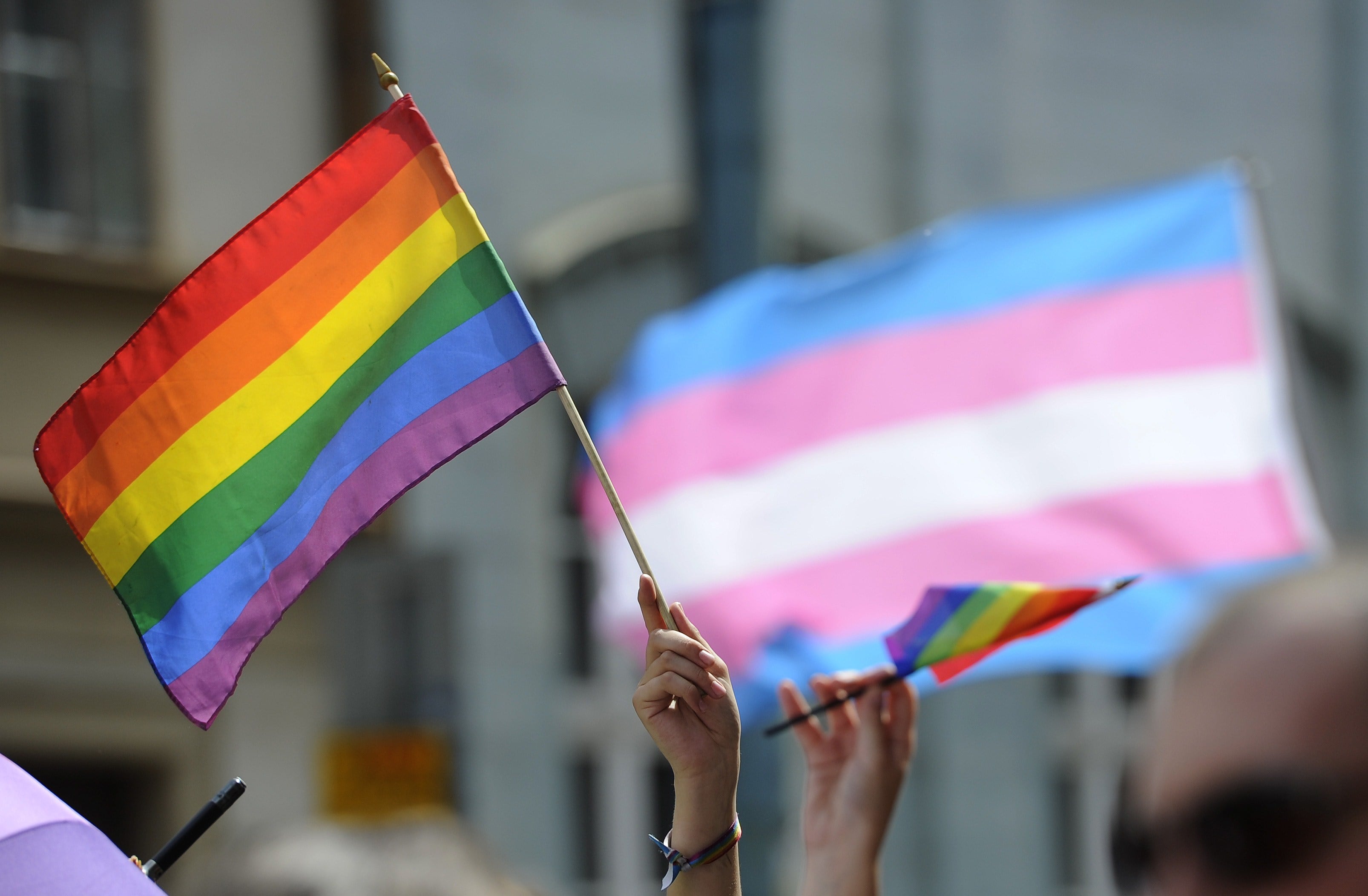WASHINGTON — President Donald Trump’s announcement of looming changes in the military’s transgender policies could be less controversial within the ranks than among civilians, given troops’ conflicted views on the issue.
In a Military Times/Institute for Veterans and Military Families poll conducted late last year, 57 percent of active-duty military personnel expressed a negative opinion of the decision to allowing transgender troops to serve openly. More than half of that groups said the policy change had a very negative effect on military morale.
Only about 16 percent thought the change would boost troops’ morale, while the remaining 27 percent believed the policy change would have no effect.
But the results were less clear when it came to service members’ personal expectations for the change. Almost half — 47 percent — believed the policy change would have little effect on their own unit’s military readiness.
Roughly 41 percent thought it would hurt the units. About 12 percent believed allowing transgender individuals to serve openly would be beneficial to readiness.
The survey was conducted in December, about two months after Pentagon officials announced transgender individuals already in the military could serve openly. Transgender recruits are still barred from enlisting.
On Wednesday, in a series of tweets, Trump announced what appears to be a dramatic reversal of the Pentagon’s current transgender policies, citing readiness issues.
“After consultation with my generals and military experts, please be advised that the United States Government will not accept or allow transgender individuals to serve in any capacity in the U.S. Military,” Trump wrote.
“Our military must be focused on decisive and overwhelming victory and cannot be burdened with the tremendous medical costs and disruption that transgender in the military would entail.”
The news came as a surprise to many on Capitol Hill and the Pentagon, where a six-month review of the current policy was already underway.
On Tuesday, in an internal memo, Joint Chiefs Chairman Marine Gen. Joe Dunford told military leaders that “there will be no modifications to the current policy until the President’s direction has been received by the Secretary of Defense and the Secretary has issued implementation guidance.”
No timetable has been set for that. White House officials have said they’ll coordinate changes with the Pentagon sometime in the future.
In the meantime, Dunford wrote, “we will continue to treat all of our personnel with respect. As importantly, given the current fight and the challenges we face, we will all remain focused on accomplishing our assigned missions.”
In the Military Times/IVMF survey, allowing open service for transgender troops was more controversial that the repeal of “don’t ask, don’t tell” (26 percent saw that as a negative move) and allowing women to serve in combat roles (48 percent opposed) but less harmful than defense funding reductions mandated under federal spending caps (93 percent opposed).
Researchers for the RAND Corporation last summer argued that allowing transgendered individuals to enlist and serve openly would have minimal effects on the armed services.
They estimated between 1,300 and 6,600 transgendered troops would be actively serving in years to come, with fewer than 200 a year undergoing gender transition-related treatments that could result in “reduced deployability.”
“This amount is negligible relative to the 102,500 nondeployable soldiers in the Army alone in 2015,” researchers wrote.
Lawmakers have promised to keep a close eye on the issue in coming months, to see whether dismissing transgender individuals already in the ranks would cause greater readiness and morale issues than allowing them to continue their service.
OUR METHODOLOGY
Between Dec. 16 and 21, 2016, Military Times and Syracuse University’s Institute for Veterans and Military Families conducted a voluntary, confidential online survey of U.S. service members. The questions focused on President Barack Obama’s time in the White House and the nation’s current political climate.
The survey received 1,664 responses from active-duty troops. A standard methodology was used by IVMF analysts to estimate the weights for each individual observation of the survey sample. The margin of error for the questions was roughly 2 percent.
The survey audience was 87 percent male and 13 percent female, and had a mean age of 30 years old. The respondents identified themselves as 73 percent white, 12 percent Hispanic, 11 percent African American, 4 percent Asian and 9 percent other ethnicities. Respondents were able to select more than one race.
Leo Shane III covers Congress, Veterans Affairs and the White House for Military Times. He can be reached at lshane@militarytimes.com.
Leo covers Congress, Veterans Affairs and the White House for Military Times. He has covered Washington, D.C. since 2004, focusing on military personnel and veterans policies. His work has earned numerous honors, including a 2009 Polk award, a 2010 National Headliner Award, the IAVA Leadership in Journalism award and the VFW News Media award.





